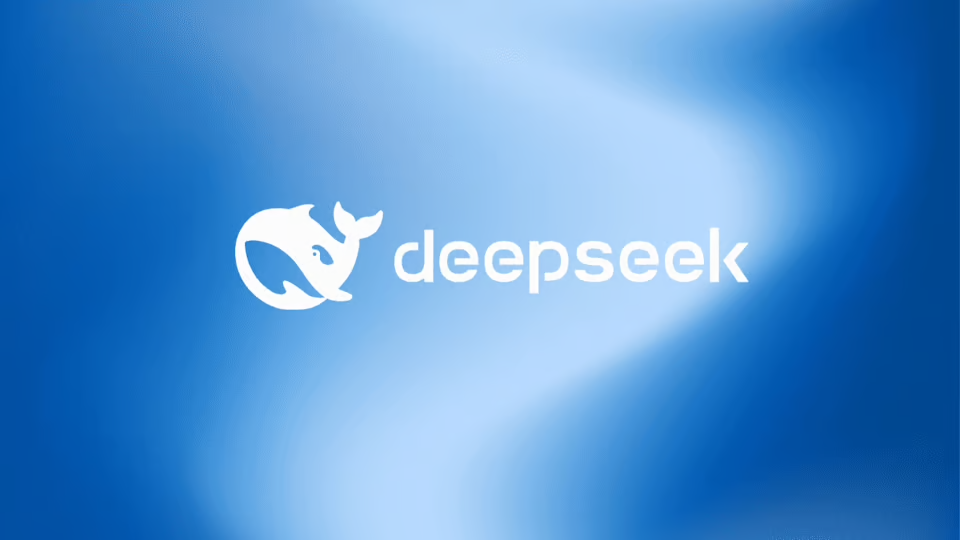DeepSeek R1 vs OpenAI O1: Features, Benefits, and Trade-offs

DeepSeek R1 is an innovative open-source reasoning model developed by DeepSeek, a Chinese AI company, that’s gaining attention in the artificial intelligence space. Unlike traditional language models that focus on text generation and comprehension, DeepSeek R1 specializes in logical inference, mathematical problem-solving, and real-time decision-making. This focus sets it apart, offering improved explainability and advanced reasoning capabilities.
What makes DeepSeek R1 stand out is its open-source nature, which enables developers and researchers to explore, modify, and deploy the model freely within certain constraints. This openness encourages innovation and collaboration. Moreover, DeepSeek R1 is remarkably cost-effective—operating at just 2% of the cost of OpenAI’s O1 model. For businesses looking to adopt cutting-edge AI without breaking the bank, this affordability is a game-changer.
Why DeepSeek R1 Matters
DeepSeek R1 is designed to excel in areas that traditional models struggle with:
- Logical Inference: Ideal for tasks requiring reasoning and decision-making.
- Mathematical Problem-Solving: Excels in solving complex calculations and equations.
- Real-Time Decision-Making: Suitable for dynamic and fast-paced applications.
These strengths make DeepSeek R1 a powerful tool for industries like finance, logistics, and any field that requires advanced problem-solving capabilities.
However, the journey to create DeepSeek R1 came with challenges. Earlier versions struggled with readability and inconsistent responses. By adopting a hybrid approach—combining reinforcement learning with supervised fine-tuning—the developers significantly improved the model’s coherence and usability. This evolution has made DeepSeek R1 both robust and user-friendly.
Pros and Cons of DeepSeek R1
Pros:
- Affordability: DeepSeek R1 costs a fraction of OpenAI O1’s pricing, making it accessible for businesses with tight budgets.
- Example pricing comparison:
- DeepSeek R1: $0.55 per million input tokens and $2.19 per million output tokens.
- OpenAI O1: $15.00 per million input tokens and $60.00 per million output tokens.
- Example pricing comparison:
-
Open-Source: Businesses can customize and adapt the model to fit their specific needs without relying on proprietary systems.
-
Reasoning Capabilities: Excels in mathematical reasoning and logical inference, outperforming competitors in tasks like financial analysis and algorithmic trading strategy development.
- Advanced Performance: In tests using financial data, DeepSeek R1’s algorithmic trading strategies showed better Sharpe and Sortino ratios than the S&P 500, demonstrating its real-world potential.
Cons:
-
Occasional Errors: The model sometimes generates invalid SQL queries or experiences timeouts. While it has self-correcting mechanisms, these issues can slow down workflows.
-
Coding Limitations: While strong in mathematical reasoning, some versions of the model underperform in coding tasks compared to OpenAI O1.
-
Less Consistency: DeepSeek R1 occasionally lacks the reliability and polish of more established models like OpenAI O1, especially in high-stakes applications.
Distilled Models for Every Use Case
DeepSeek has introduced distilled versions of the R1 model, designed to balance performance and efficiency. These smaller models cater to different computational needs:
- Qwen-Based Models:
- 1.5B: High accuracy on math benchmarks but limited coding capabilities.
- 7B: Strong in math and factual reasoning, moderate in coding.
- 14B & 32B: Excellent for complex math problems but less optimized for programming.
- Llama-Based Models:
- 8B: Great for math, limited in coding.
- 70B: Performs well in both math and coding, comparable to OpenAI’s O1-mini.
These distilled models are designed to run efficiently on various hardware setups, making them ideal for businesses with limited computational resources.
How Does DeepSeek R1 Compare to OpenAI O1?
The comparison between DeepSeek R1 and OpenAI O1 highlights their unique strengths and weaknesses:
- Cost: DeepSeek R1 is significantly cheaper, costing only 2% of OpenAI O1’s operational expenses.
- Performance: In financial and mathematical tasks, DeepSeek R1 excels, often providing more insightful answers. However, it sometimes lacks the consistency and versatility of OpenAI O1 in areas like coding and high-demand applications.
- Use Cases: DeepSeek R1 is ideal for businesses focused on reasoning, decision-making, and financial analysis. OpenAI O1 may still be the better choice for coding-heavy or language-centric applications.
Why Marketers Should Care
For marketers, DeepSeek R1’s affordability and specialized reasoning capabilities open doors to innovative campaigns and data-driven strategies. Imagine using this model to:
- Analyze complex datasets for actionable insights.
- Generate cost-efficient algorithmic trading strategies for financial clients.
- Develop smarter decision-making tools for targeted advertising.
Its open-source nature also means you can collaborate with developers to create custom solutions tailored to your business goals.
The Road Ahead
DeepSeek R1 represents a significant leap in AI accessibility and affordability. By offering an open-source model with advanced reasoning capabilities, it democratizes AI for businesses of all sizes. While it still has areas for improvement, particularly in coding and consistency, its strengths far outweigh its limitations for the right use cases.
What’s Next for DeepSeek R1?
- Continuous Improvement: As an open-source model, DeepSeek R1 has room to grow through community contributions. Expect enhancements in performance and functionality over time.
- New Applications: Industries like finance, logistics, and marketing stand to benefit immensely from this model’s unique capabilities.
In conclusion, DeepSeek R1 is a powerful, cost-effective alternative to proprietary AI models like OpenAI O1. For businesses looking to innovate without overspending, it’s an exciting opportunity worth exploring.